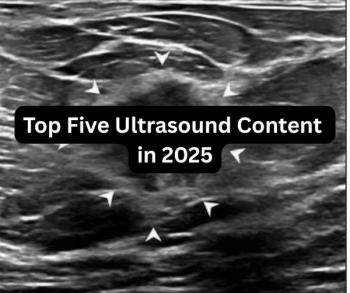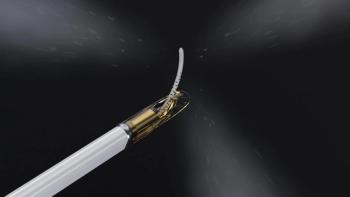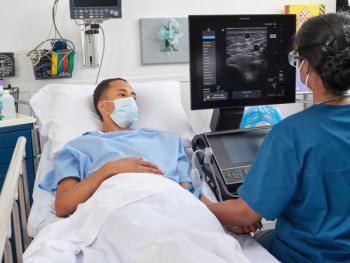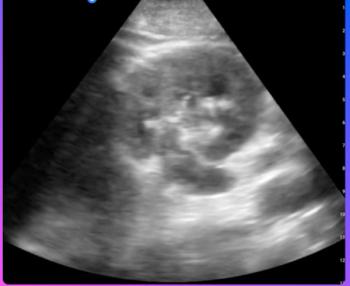
Sonography can replace biopsy in some breast tumors
The first study of its type has found ultrasound to be acceptable alternative to invasive biopsy for the management of tumors hidden to x-ray mammography but diagnosed as probably benign by the ultrasound Breast Imaging Reporting and Data System, according to a study in the July issue of Radiology.
The first study of its type has found ultrasound to be acceptable alternative to invasive biopsy for the management of tumors hidden to x-ray mammography but diagnosed as probably benign by the ultrasound Breast Imaging Reporting and Data System, according to a study in the July issue of Radiology.
Ultrasound has long been championed as a complementary modality to mammography, particularly in women with dense breast tissue. It reveals suspicious, possibly malignant lesions that are occult on x-ray mammography
According to the American Cancer Society, 80% of breast lesions sent to biopsy are benign. Using sonography for the long-term management of these lesions has thus been controversial. Many physicians fear that incidental detection of solid masses could send the negative biopsy rate through the roof.
The first study, however, of masses classified as probably benign by ultrasound and followed up only by ultrasound shows that biopsy may not be needed at all, according to principal investigator Dr. Oswald Graf, a radiologist at the Ambulatory Care Center in Steyr, Austria.
"These findings indicate that ultrasound follow-up can spare women from unnecessary invasive biopsies," Graf said.
Graf and colleagues retrospectively evaluated 445 nonpalpable solid masses from 409 women who underwent ultrasound between January 2001 and December 2003. These masses were partially or completely obscured by dense breast tissue on mammography but were subsequently classified as probably benign by ultrasound.
Of the 445 masses, 442 remained stable during a mean follow-up of more than three years. The false-negative rate and negative predictive value of the test were 0.2% and 99.8%, respectively.
"Our study shows that following a lesion classified in the BI-RADS lexicon as category 3 is a safe alternative to immediate biopsy. But it is essential that lesions strictly meet these criteria," Graf said.
Further studies should define the role of ultrasound in breast cancer screening. But these findings suggest that patient anxiety and the cost of ultrasound imaging follow-up could be the only negative implications, as opposed to conducting a large number of unnecessary biopsies, Graf said.
For more information from the Diagnostic Imaging archives:
Newsletter
Stay at the forefront of radiology with the Diagnostic Imaging newsletter, delivering the latest news, clinical insights, and imaging advancements for today’s radiologists.




























